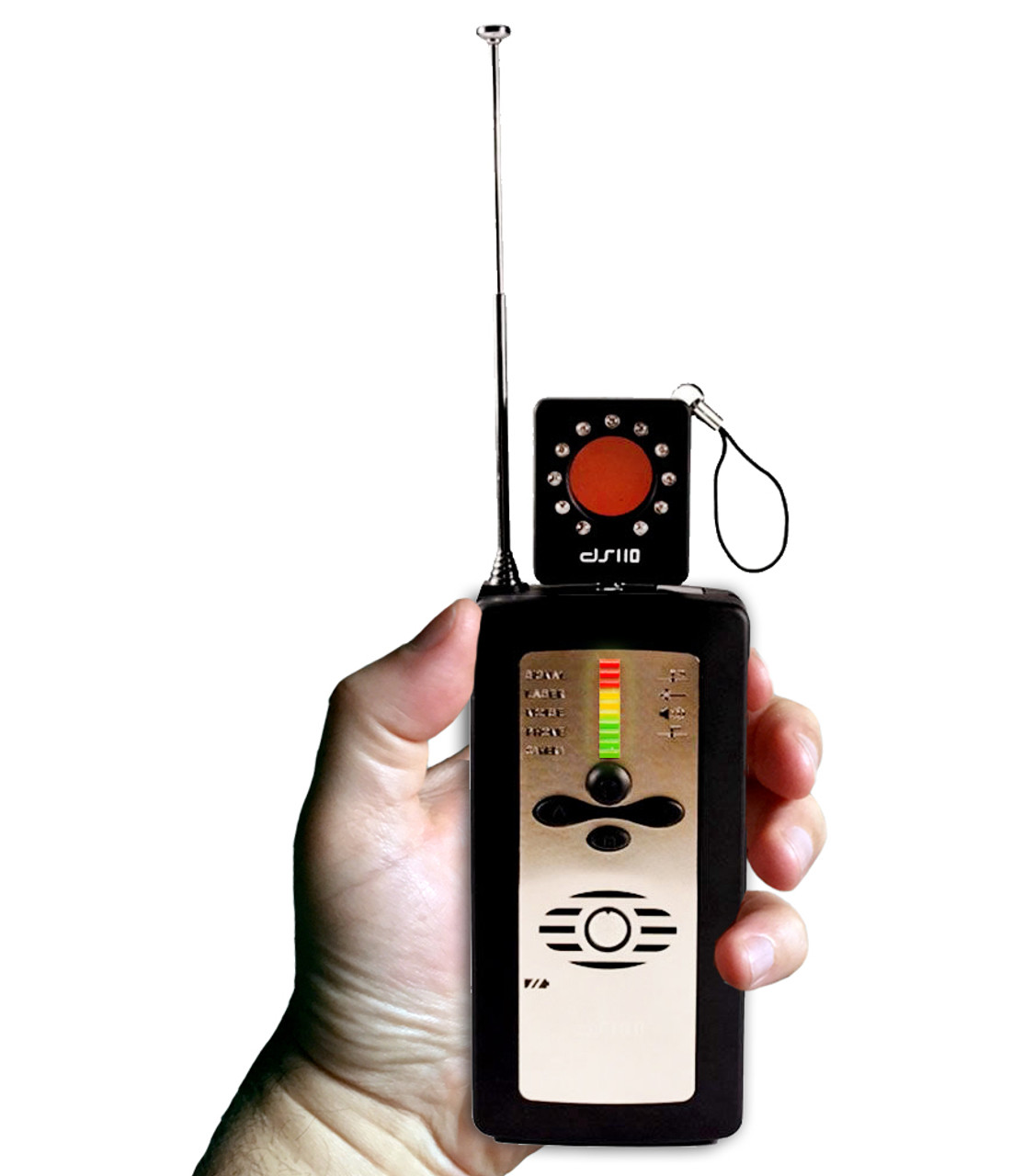Tech
Bug-Sweeping Services: Ensuring Privacy and Security in a Digital World

In today’s technologically advanced world, where data breaches and privacy invasions are becoming increasingly common, safeguarding sensitive information has never been more critical. Businesses, government organizations, and individuals are all vulnerable to hidden threats posed by electronic eavesdropping devices, commonly known as bugs. As a result, the demand for bug-sweeping services has grown exponentially, as people seek to protect their confidentiality and secure their environments from potential surveillance.
Understanding Bug-Sweeping Services
Bug-sweeping services, also known as electronic surveillance countermeasures or technical surveillance countermeasures (TSCM), are specialized processes designed to detect and eliminate hidden eavesdropping devices. These devices can be installed discreetly in various locations, such as offices, boardrooms, vehicles, homes, and even personal belongings, with the intention of intercepting private conversations and stealing sensitive information.
The primary purpose of bug-sweeping services is to safeguard against electronic espionage and ensure the privacy and security of individuals and organizations. TSCM professionals use advanced electronic equipment and physical inspection techniques to identify and neutralize hidden bugs, wiretaps, hidden cameras, and other sophisticated surveillance tools.
The Need for Bug-Sweeping Services
The proliferation of surveillance technology has raised significant concerns about privacy breaches. Hiring professional bug-sweeping services ensures that the premises remain secure and private. With the help of bug-sweeping services, any unauthorized surveillance devices can be detected and removed, ensuring that the premises are secure and confidential. Moreover, the services also help to identify any other potential security threats, such as hacking attempts or unauthorized access to sensitive information.
With the increasing reliance on digital communication, cybercriminals and malicious actors have found new avenues to exploit vulnerabilities and compromise sensitive information. This has led to a surge in demand for bug-sweeping services across various sectors:
- Corporate Security: Companies and businesses often deal with valuable proprietary information, trade secrets, and sensitive financial data. Competitors or corporate spies may attempt to gain an edge by illicitly obtaining such information. Bug-sweeping services help businesses protect their valuable assets and maintain a competitive advantage.
- Government Entities: Government agencies deal with classified information, national security matters, and confidential diplomatic communications. To prevent espionage and unauthorized access to sensitive data, bug-sweeping services are indispensable.
- High-Profile Individuals: Celebrities, politicians, and high-ranking executives are often targets of invasive surveillance due to their public prominence and influence. Bug-sweeping services help protect their personal lives and ensure the safety of confidential discussions.
- Law Firms and Legal Professionals: Lawyers dealing with sensitive legal matters may face attempts to eavesdrop on attorney-client privileged conversations. Bug-sweeping services are essential to maintain the confidentiality and integrity of legal proceedings.
The Bug-Sweeping Process
Bug-sweeping is a meticulous and highly technical process that involves multiple steps to detect and neutralize surveillance devices. A typical bug-sweeping procedure may include:
- Initial Consultation: TSCM professionals meet with the client to understand their concerns, gather information about the environment, and assess potential risks.
- Physical Inspection: Specialists conduct a thorough physical search of the premises, including walls, furniture, ceilings, and electronic devices, to locate hidden bugs.
- Electronic Sweeping: Bug-sweeping services employ advanced equipment such as radio frequency (RF) detectors, infrared cameras, and spectrum analyzers to detect wireless signals emitted by surveillance devices.
- Data Forensics: If suspicious devices are discovered, data forensics may be employed to analyze the information collected and determine the nature of the threat.
- Neutralization: Upon confirmation of surveillance devices, professionals proceed to disable or remove the bugs, ensuring the immediate security of the client’s space.
- Report and Follow-up: A detailed report is provided to the client, including findings, actions taken, and recommendations for further security measures. Follow-up sweeps may also be suggested to ensure ongoing protection.
Conclusion
In an era where privacy breaches and electronic surveillance threats have become prevalent, bug-sweeping services play a vital role in protecting the privacy and security of individuals and organizations. By employing sophisticated technology and specialized expertise, these services help detect and neutralize hidden bugs, ensuring that confidential information remains safe and secure. As the digital landscape continues to evolve, bug-sweeping services will remain a critical defense against the ever-present threat of electronic espionage.
-
Blog1 year ago
MyCSULB: Login to CSULB Student and Employee Portal – MyCSULB 2023
-
Android App3 years ago
Cqatest App What is It
-
Android1 year ago
What Is content://com.android.browser.home/ All About in 2023? Set Up content com android browser home
-
Software2 years ago
A Guide For Better Cybersecurity & Data Protection For Your Devices
-
Latest News2 years ago
Soap2day Similar Sites And Alternatives To Watch Free Movies
-
Android2 years ago
What is OMACP And How To Remove It? Easy Guide OMACP 2022
-
Android3 years ago
What is org.codeaurora.snapcam?
-
Business2 years ago
Know Your Business (KYB) Process – Critical Component For Partnerships





















